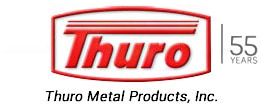Providing parts with tight tolerances in the timeframe and budget you need……for over 50 years.
- IS09001-2015 and AS9100 Rev. D certified
- Precise tolerances within ± 0.0002
- Horizontal Milling to (x) 20.1″ (y) 20.1″ and (Z) 16.1″
- Vertical Milling to (x) 40″ x (y)20″ x (z)25″
- State-of-the-art part fixturing, tooling & CAD/CAM software allow for cost effective & on-time parts
- 15 minute quick changeovers
- Experts in Aluminum, Steel, Alloy Steel, Brass and Stainless Steel
- Full in-house deburring and assembly of gaskets and hardware
- Providing Turn-Key parts and assemblies managing plating, painting, heat treating, screening and marking
- Industries Served: Aircraft, High-end Electronics, Satellite
- Communication, Radar, Defense, Medical, Lighting
Production CNC Milling
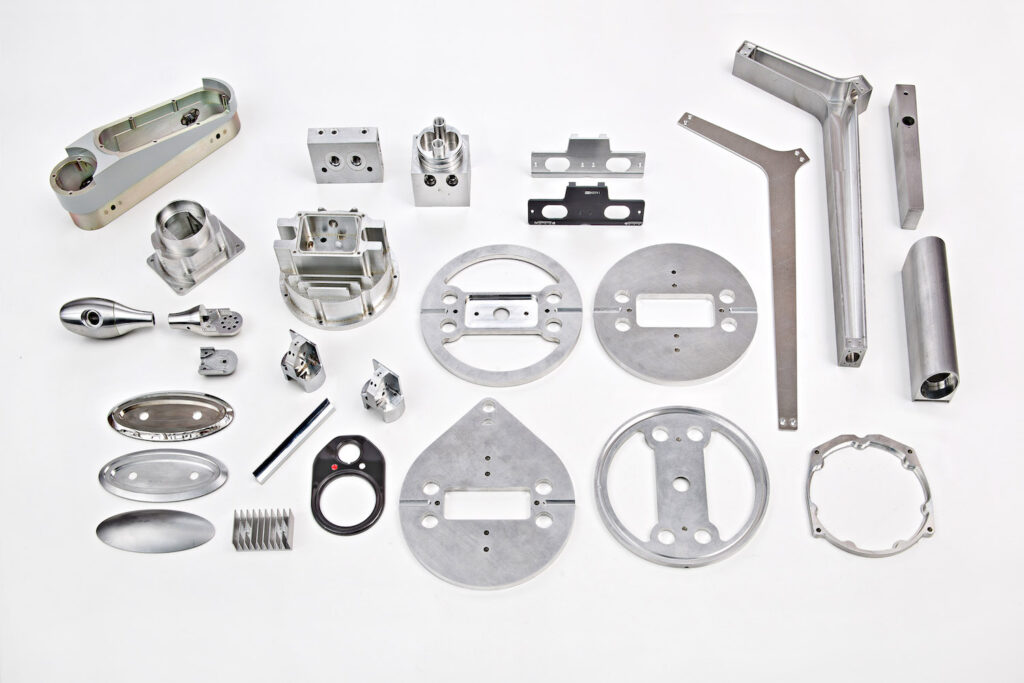
Computer numerical control milling (CNC milling) is a precision method for the machining of precision component parts. Typically, the basic geometry of parts, which are fabricated using milling equipment, are rectangular in shape. Using coordinates and codes “post processed” with the aid of MasterCam software, code is generated to provide optimum tool sequences, optimal tool paths and cutting conditions which specifically relates to the relationship between cutter RPM and axis feed rate. In basic terms, a good CAD/CAM package in the hands of an experienced programmer allows them to virtually see the process. Cycle times are established in the design stage and fixturing is designed using CAD/CAM. Our goal is always to present the set-up person with a proven and optimized machining process prior to set-up. This saves valuable time reducing cost while maximizing throughout day one. Thuro takes great care to utilize the full capability of state-of-the-art part fixturing, tooling and CAD/CAM software to precisely and cost-effectively machine complex parts on-time. Our CNC Milling equipment is also programmed and tooled to remove sharp edges and provide burr free precision parts right off the machine.
What is CNC Milling?
CNC milling is the process of using an electromechanical device designed to control a set of tools along three to five axes. The CAD/CAD software generates coordinates to dictate the movements of the milling machine. The precision of the machines and tool holders themselves allow us to hold tolerances within ± 0.0002”.
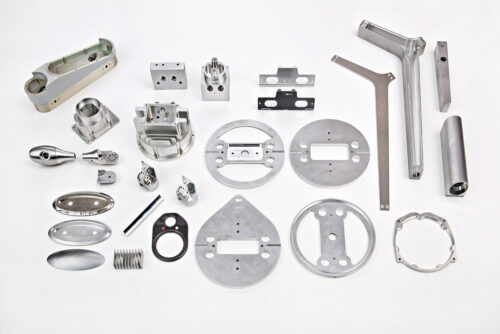
Our largest Horizontal milling machines are series H400. H400 machines have a 16” X 16” table size. The working envelope for an H400 machines is as follows: X, Y, and Z axes respectively of 28.9” x 24” x 24”. Our Vertical Milling Centers have the working envelope as follows: 40” x 20” x 25”.
In a milling process the tools rotate and most commonly a solid piece of material in the form of plate, strip or rectangular bar is fixtured to the machine. There are two basic CNC milling machine configurations which are Vertical Milling and Horizontal Milling. In Horizontal Milling, “Tombstones” are the base to which parts are either directly clamped or hold vices, which then are open and closed to hold parts. Horizontal machines lend themselves to greater efficiency as the tombstones are presented to the machine operator while the cutting tools remain behind a servo operated door. Horizontal machines come standard with two tombstones. This allows one tombstone to be in the CNC milling machine “making chips”, while the other tombstone is away from the cutting zone and can be unloaded and loaded. Horizontal milling machines also allow higher feed rates given the simple fact that chips fall away from the surface being cut. Chips get in the way of coolant, slowing down metal removal rates. More than one factor contribute to our ability often achieve, on average, 45 percent higher throughput when using a Horizontal CNC machining center, as opposed to a Vertical CNC machining center.
CNC Milling Materials
There are few limitations regarding the metals that can be processed using CNC milling. The most preferred metal is aluminum, due to its excellent machinability, weight, corrosion and rust resistance. Materials are purchased by the lbs. and aluminum is typically twice the cost of steel but 2.75X lighter, which saves cost on raw materials. The limitation with 6000 series Aluminum is its relative strength in comparison to steel. Aluminum is often used for automotive, aerospace, and electronics parts.
Steel has good machinability and is durable, however, steel with conventional tooling does machine at a slower rate of cut than aluminum. Today’s high speed, rigid CNC milling machines allow similar throughputs for basic 1215 steel and 6000 series aluminum, when optimally tooled, however, this often requires extra tooling expense. Steel is used for parts with structural loads than cannot be borne by Aluminum. Steel is also weldable.
Though 6000 series aluminum and steel are commonly used, other metals that can be processed include brass, stainless steel, and titanium.
When corrosion is a concern various types of Stainless Steels are used. Stainless Steels require slower feed rates in machining than both aluminum and steel. They also cost 2X to 10X more per lbs. The most generic, best machining type of Stainless Steel is Type 303. If welding is necessary and enhanced corrosion resistance is required, 304 is used. In CNC milling Marine applications type 316 Stainless Steel is often required.
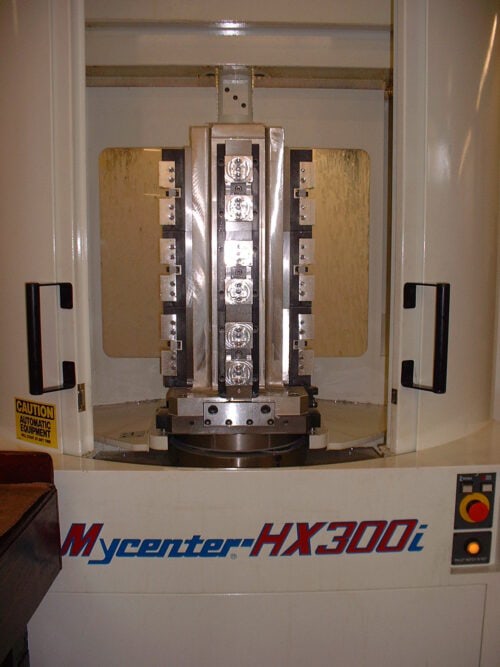
Brass is the least expensive of all metal to machine. Brass weighs about 3 times as much as aluminum, which means the time saved in machining may be offset by the increase in raw material cost. If there is much metal to be removed from a part specified from brass, this may be cost effective, as brass has a high scrap value compared to all other materials. Specifically, we typically buy brass for about $3.25 per lbs. What is left from the CNC milling process is returned to the domestic brass mill at a net cost of about $2.15 per lbs., which includes handling and freight. Some part geometries will generate 70 percent as compared to initial gross weigh in metal chips. For brass you are charged the net cost which accounts for the money credited by the mill for the “scrap”.
The most common type of titanium machined is Ti-6Al-4V Grade 5. Specifically, the elements are 90 percent titanium, 6 percent aluminum and 4 percent vanadium.
Titanium weighs 57 percent of what the same volume of steel weighs while being comparable in strength. Titanium is highly favored for CNC milling projects because of its weigh to strength ratio, ability to withstand corrosion as well as ability to withstand high temperatures. Jet Engine parts are frequently specified to be made from titanium. Titanium is also the preferred material for implants both dental and orthopedic. Titanium is the most expensive of the materials mentioned above and costs typically $30 per lbs.
Applications of CNC Milling
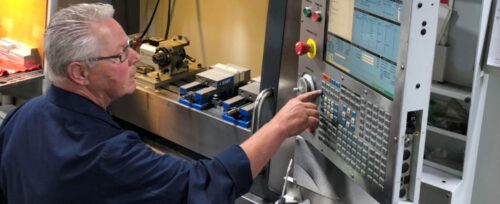
Milling that is completed using the CNC milling process changes raw materials by manipulating the surface of a metal, using cutting tools. Some examples of the most common tools used are various types of drills, reamers and multi-flute cutters, such as end mills. Complex parts can be machined with minimal handling due to high-capacity tool magazines, which Horizontal Milling Machines afford. Horizontal machining centers typically come standard with 60 tool stations. Vertical machining centers typically come equipped with 30 tool stations. Thuro equips our horizontal machines with up to 120 tool stations. Not only does this allow for the complete machining of complex parts, machines with large capacity ATC (Automatic tool change) permit quick change overs. 15 minutes of change over time from one operation or to a completely new part are possible. CNC milling can be used to manufacture any number of designs and has become an essential part of critical structural parts used in Aircraft and high-end electronic applications. Milled components are often the base structures in critical housings, home to state-of-the-art electronics. These critical devices are used in satellite communication, radar, and other defense related solutions. Precision Medical Devices, often machined from Stainless Steel or Titanium which are rectangular in shape, are often ideally machined using CNC milling equipment. Thuro in the last decade has specialized in the production of components used in lighting fixtures. We benefit from our proximity to New York City where the most sought after designs in modern lighting are created, assembled and installed. There is no higher quality process we know of than that which precision machining affords. It is not the least expensive process but allows for the highest quality. Our flexibility allows designers and ultimately the end user the ability to experience the fixture as envision.
Benefits of CNC Milling
There are an endless number of benefits for using CNC milling equipment. Modern manufacturing depends on well planned and efficient operations that can quickly and accurately produce precision, one exactly like the other components. CNC milling centers, with their use of multiple part programs and stocked with a large selection of tooling, are capable of manufacturing parts on demand. Quick change allows for multiple components, used in one high value assembly, to be kitted or machined all in the same work week. This reduces not only WIP, but defects.
Accuracy, as well as scalability, are essential in the production process. Each part of an assembly must meet the standards of the final product. By the most precise, as well as flexible, methods of production, parts match the specifications of the initial design and met delivery requirements.
